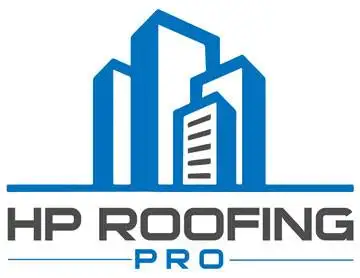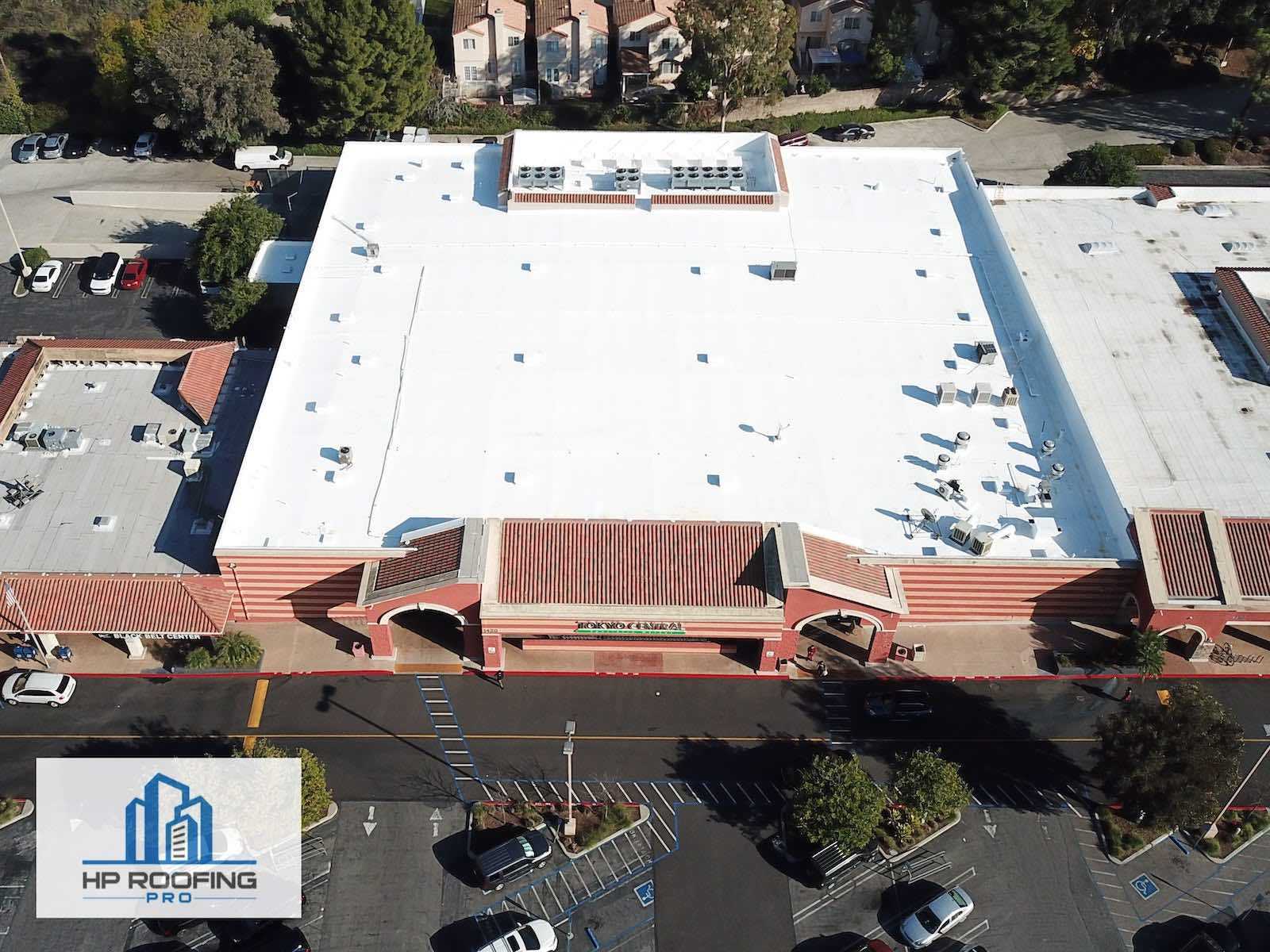Mon - Fri 7:00 am - 4:30 pm
601 South Palm Ave, Alhambra, CA 91803
Posted by hproofingpro No Comments on 7 Signs of a Roof Leak in Your Commercial Building Roofing
7 Signs of a Roof Leak in Your Commercial Building
A leaking roof in a commercial building or property means big trouble. With a leak, your business is vulnerable to occupational safety issues and damaged equipment. Leaks are also expensive to repair and restore.
When a homeowner experiences a roof leak, the repair bill can be up to $4,600. The bill for a small business is likely to be even higher when considering the damage to equipment and supplies.
Read on to learn how to spot signs of a roof leak at your commercial building or property. Explore 7 common signs of a roof leak so that you can cut your losses and initiate repairs.
1. Stained Ceilings or Walls
Perhaps the most obvious defect to spot is a stained ceiling or wall. You can look for stains during a building walkthrough.
Stains often present as brown or yellow discoloration on a ceiling or wall. They are harder to spot in darker rooms or corners that are not directly illuminated.
If you see any discoloration, you should start investigating immediately. It is not always easy to trace the origins of a leak.
The flow of water is rarely linear and can run from unexpected directions and sources. If the source of the leak cannot be identified, professional assistance is necessary.
2. Water Accumulation
Water accumulation is another easy sign to spot. Are there water puddles on the ground at your commercial building or property?
Now, most people would assume that water drops straight down from the roof to the floor. However, this is not necessarily true.
As we discussed before, water does not always travel in a line. For example, your commercial property may have a hipped roof. This means that the water may run down the roof’s support structure and drip many feet away from the leak source.
You may also be operating in a warehouse, hangar, or other commercial building. With the high ceilings in these types of buildings, it is extremely difficult to trace the source of a leak. For this reason, it is important that you bring in professionals to identify the source of the leak and repair it.
3. Growing Moss or Mildew on the Exterior
In the last two sections, the focus has been on easy-to-spot signs in the building’s interior. Now we take our visual inspection to the building’s exterior.
Do you see extensive growth of moss or mildew on the side of your building? Is it visible on the roof?
While some business owners enjoy the rustic look, you should make sure the growth is not being caused by a leak. Moss and mildew thrive in moist environments.
Now, this could happen on a side of your building that does not get a lot of sunlight. However, you should verify this by asking a professional to investigate for roof leaks.
Water could be running down the side of your building, providing fuel for moss and mildew growth. The issue could be clogged downspouts and gutters. While not part of the roof, they serve a critical purpose in moving water off the roof and away from the building.
A professional roofing company may recommend installing gutter guards to prevent clogs. Another potential solution is gutter heaters to prevent ice buildup that blocks water flow.
4. Missing Shingles
You should periodically inspect the roof for missing shingles. Missing shingles are a clear sign that your roof is in peril. If it has not started leaking yet, it will soon.
Some property managers are handy enough to patch a roof. However, roof patches are not a great long-term solution. At this stage, you should have a professional come in and perform a complete roof assessment.
Another poor indication of long-term roof health is if the shingles are starting to curl. This creates gaps in roof coverage and can ultimately lead to a leak.
5. Visible Damage
Your physical inspection of the roof should also include a look for any visible damage. This inspection should include both the roof and the metal flashing around it. For instance, if the flashing is damaged or unsecured it can indicate a leak is present.
Another sign of visible damage is any holes or tears in the roof’s membrane. This can occur if any large debris, like tree branches, smacks into the roof.
Tears in the membrane or flashing damage can occur during extreme weather events. After a nasty storm, you should inspect the roof and immediately tend to any damage caused.
6. Strong Odors
Is there a musty odor present in your commercial building? If so, you have probably tried air fresheners and made other attempts to get rid of it.
When the smell persists no matter the action, it may be an indication of a roof leak. Constant moisture over time leads to a moldy environment. The byproduct of mold growth is a foul, musty smell.
The stronger the smell, the more extensive the mold issue is. A mold issue in your commercial building needs to be addressed immediately. It presents health issues to both your clients and employees alike.
7. Higher Energy Bills
All the other signs could be identified in person. However, one potential sign shows up in your monthly utility bills. Did your company’s energy bills unexpectedly rise without an obvious reason?
A roof leak can lead to higher energy bills such as natural gas and electricity. If your building’s insulation gets wet, it is significantly less effective. Any holes in the roof are letting cold air into the building.
Now, the building’s HVAC system needs to work harder to meet the temperature setting. This ultimately leads to higher energy output and more expensive bills.
7 Signs of a Roof Leak – A Recap
A roof leak is a serious issue for property managers. Minor roof issues can turn into a major expense. As a property manager, you should frequently inspect for roof damage and deterioration.
When equipment or products are damaged by water, your business can lose tens of thousands of dollars. If your building has any signs of a roof leak, contact us today for professional repair assistance.
Recent Posts
Categories
Recent Posts
Do you have any questions?
Contact us at The HP Roofing PRO office or submit a business inquiry online
Contact Us






